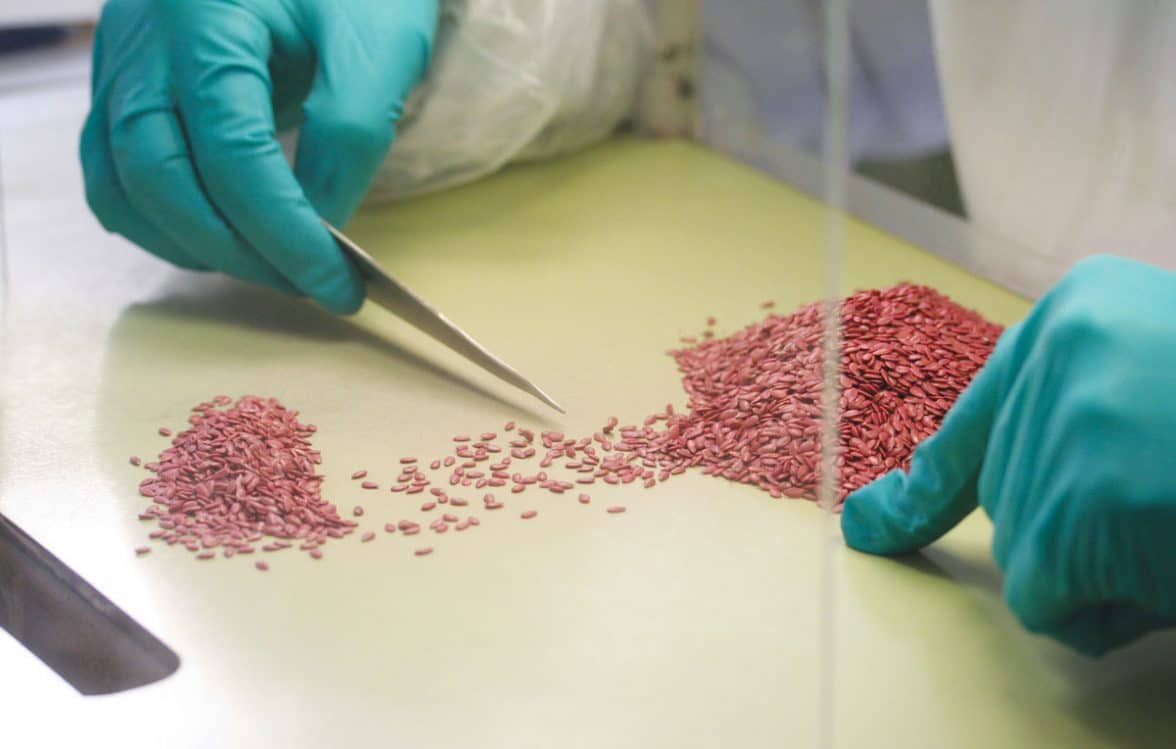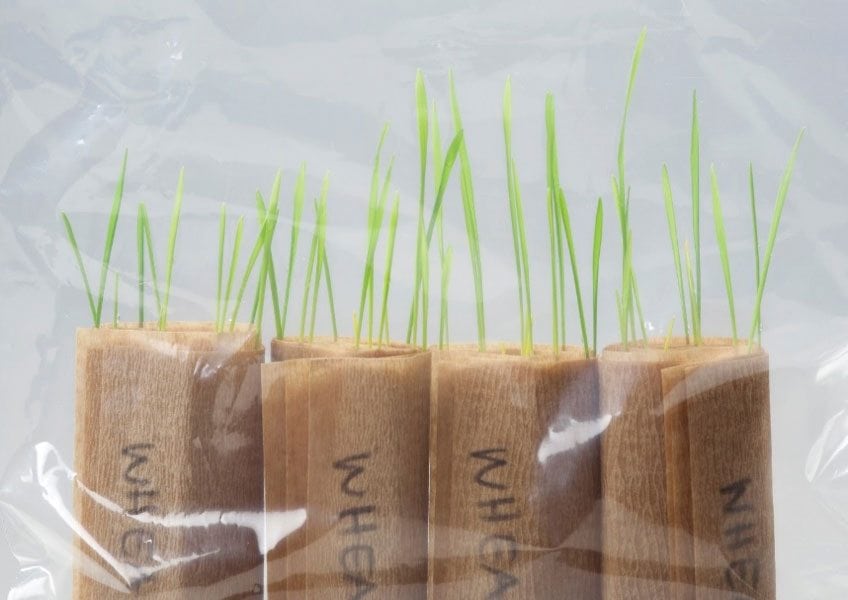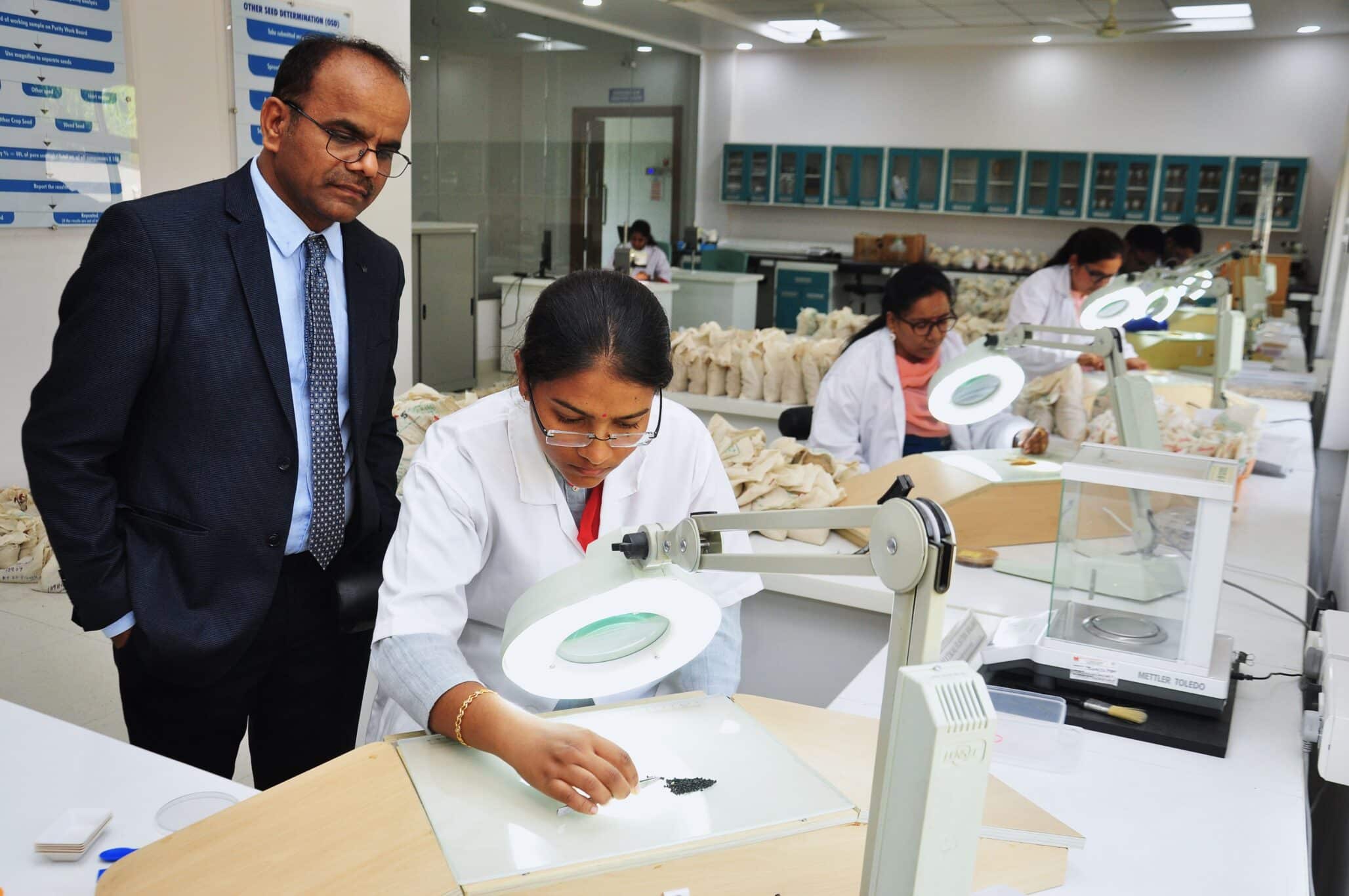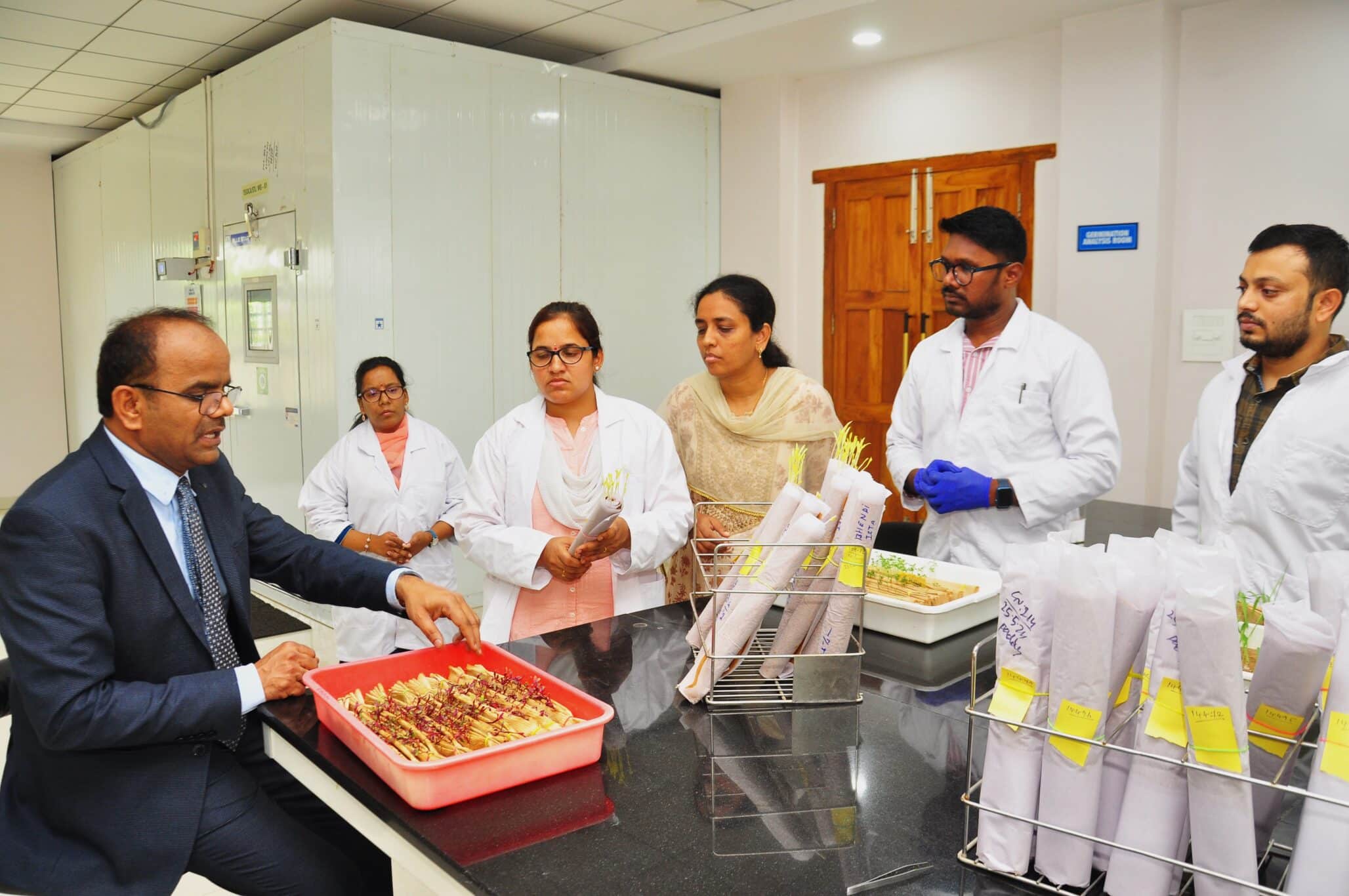Knowing the industry-wide benefits of harmonised seed testing methodologies, ISTA has launched a new membership category to encourage industry engagement.

ISTA is a non-profit association of seed testing laboratories and individual seed professionals, established in 1924 and operating under the governance of member countries and distinct economies. The objectives of the association are primarily to develop, adopt and publish standard procedures for seed sampling and testing, to promote the uniform application of these procedures, and to advance research in all areas of seed science and technology.
The technical part of the association’s objectives is accomplished through the work of 18 technical committees, most of them dedicated to specific areas of seed testing and composed of the best experts and seed analysts. The committees are tasked with the responsibility to develop new methods, and provide scientifically sound technical and analytical solutions to seed testing challenges. These methods are then published as the ISTA Rules and handbooks.
In addition, the committees also facilitate the dissemination of seed testing knowledge through workshops and seminars. These educational efforts come in addition to ISTA’s scientific publication Seed Science and Technology.
For more information, visit: www.seedtest.org/en/seed-science-and-technology-_content—1–1084.html
A principal component of the effort of standardisation in seed testing is ISTA’s accreditation of seed testing laboratories and the use of standardised reporting of test results on the ISTA Orange International Seed Lot Certificate and the ISTA Blue International Seed Sample Certificate.
To illustrate the contribution of ISTA’s work to the seed industry, one should follow the life cycle of a seed lot — for example a hybrid corn variety. The utilisation of ISTA methods actually starts in the previous generation, where the parental lines of the seed are to be tested to confirm identity and genetic purity. If need be, the parental lines will also be tested for trait purity and for adventitious presence of genetically modified seed. After the seed is harvested from the parent line and processed, it will be tested for quality, germination, moisture, vigour and purity. If this seed is designated for export, it may undergo additional testing for seed health and possibly GMO testing again. The results will be documented on an ISTA Orange certificate, and the certificate will accompany the seed to its destination. Once arriving at its destination, the quality of the seed is clearly represented in a structured, convenient and familiar way on the accompanying certificate.
The seed may undergo yet another round of testing by a government laboratory for the sake of checking compliance with the governing local regulations. In total ISTA provides the methods used for quality control for the seed producer/seller; the same methods that will be used by the government lab enforcing compliance with the governing regulations (both operating under the same standards that are defined by ISTAs accreditation) and all expressing the results in a clear and common language on the ISTA certificate.
This harmonisation in methodology and mode of communication is the cornerstone of the seed trade. This clearly paints the picture of the importance of ISTA, and its role as a facilitator of international seed movement and trade. The first and by far biggest beneficiary of this harmonisation process is the seed industry.
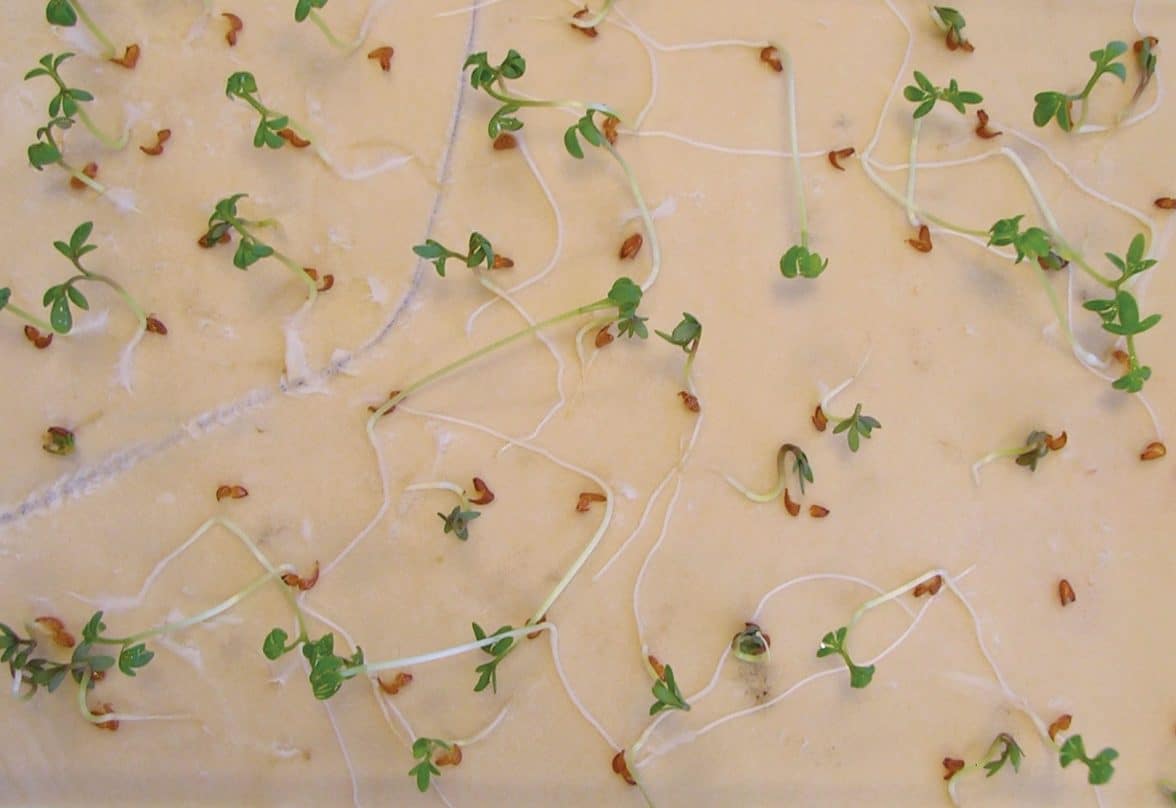
European Seed spoke with several members of the industry to collect their perspectives on the role of ISTA in the seed industry and strengths of membership: ISTA secretary-general Beni Kaufman; Brigitte Hamman, global technical manager, seed biology at Syngenta Crop Protection; Elizabeth Bates, global head of seed and trait safety at Bayer CropScience; and Bruno Zaccomer, seed technology and Six Sigma lead Europe at Monsanto.
European Seed: You are active in ISTA. Why is it important for your company to engage with this organisation?
Brigitte Hamman: The main focus of my team is to ensure the seed safety of the various seed treatments (agrochemicals) in our portfolio. In order to do a good job at that, it’s essential that we assess physiological seed quality accurately and precisely, before and after treatment. [Also], the access to cutting-edge information with regard to seed technology specifically is invaluable for me in terms of my specific objectives. It also provides a community of experts to whom I can turn to when seed quality issues outside of the usual arise.
Elizabeth Bates: ISTA is unique in that it brings together people from many countries worldwide with a clear mandate from their respective governments to provide direction on seed testing. This allows international rules to be proposed, endorsed and implemented. Having clearly globally endorsed and respected rules, of course, makes it easier for seed providers to test their seed with the understanding that these tests will be accepted in any country. Having these rules in place and understanding them are the first steps to freeing up trade. Therefore the work that ISTA does with governmentally appointed delegates is very important, and Bayer CropScience supports and encourages this work.
Bruno Zaccomer: As a major participant in global seed trade, it is critical for Monsanto to be actively involved and engaged with the ISTA organization and ISTA members. The testing protocols stated in the ISTA Rules are required or referenced by many countries in their seed import regulations. ISTA brings together representatives from governments, seed companies, seed testing firms, seed related firms, academia and others to better address seed issues from their unique perspectives.
ISTA and the ISTA Rules are viewed by many in government agencies and other seed industry organisations around the world as the source of standardised methodology for testing seeds. It is critical that Monsanto be actively engaged to assist with the development and validation of this standardised testing methodology to improve and encourage seed testing uniformity globally.
Also, the ISTA organisation provides an excellent forum for all entities interested in seed issues to network and build relationships to improve global seed trade and discuss and address common issues. As an active ISTA member, Monsanto is engaged in the vital process of sharing and obtaining information related to global seed movement as well as current and new technologies related to determining various aspects of seed quality.
In addition, in a political, regulatory and legal context that is more and more complex, there is a need to have some recognised and shared testing methods, which are recognised and used by all parties. It’s necessary in order to have the clearest view of the quality of our products, whatever the threshold or regulation is.
ISTA is a perfect channel to share and spread knowledge of best practices of seed testing through workshops and seminars, which we are supporting. We also see our engagement in ISTA as a support to the accreditation system. This system is critical to guarantee the result of any third party lab and to provide recognition of the results obtained by our internal laboratories.
ES: At its 2014 meeting, ISTA implemented the new category of Industry Membership. Can you explain more about that and why it felt it was necessary? What is in it for the seed companies that decide to become ISTA Industry Members?
Beni Kaufman: This category is meant to achieve two goals. First, to draw in and further engage the seed industry in the association’s activities, and secondly to help raise more funds to expand the association’s activities. ISTA opened up its membership to the industry in the late 1990s and seed analysts and scientists coming from seed companies or commercial laboratories have made remarkable contributions to the work of ISTA’s working groups and technical committees ever since.
Presently there are more than 60 laboratories owned by seed companies that are already ISTA member laboratories. However, the new category is not about the membership or involvement of the singular industry lab in the association, but rather a stake that the company as a whole is taking in the association. We have created this category in a way that will allow any industry member to participate; the name itself is inclusive and opens up the door to large corporations, medium and small companies or commercial laboratories.
A new and important benefit in taking on the Industry membership is partaking in a new body — the Industry Advisory Group, a forum that will be made up of up to 15 ISTA members and will be charged with the task of representing the industry’s interest in the association. One seat in this group is reserved for a representative of the International Seed Federation (ISF), and the first eight Industry Members will automatically have a place on the group after ISTA executive committee approval.
This forum will serve as a communication channel to the executive committee and will enable a direct discussion of the industries’ challenges, requests and priorities. One reason why this communication may be important is that seed science and testing developments often “fall between the chairs.” In most seed companies the R&D department is focused on breeding and biotechnology, the supply or production department is always working under pressure and is too cost sensitive to allow developmental work, thus, the ability to communicate analytical needs and challenges to ISTA, and prompt the association to solve these analytical needs can fill this gap.
Furthermore, the potential of harnessing the communal work of ISTA’s technical committees to solve technical challenges that more often than not are not unique to one company, represents the most efficient and cost-effective way of addressing these analytical needs. If each company were to tackle such challenges independently, it would be a much more costly effort, thus, investing in a “seat at the table” may yield a very high return on a relatively small investment. Therefore, this new forum is potentially the most important benefit that the Industry Membership carries.
From the association’s side, the additional funds this membership brings can potentially be used in a number of beneficial ways that are not currently possible or only partially addressed. For example, grants in support of seed science research, support development of underfunded labs, creation of web-based education systems, or free participation in ISTA activities for members and students.
Lastly, the ability of ISTA to promote uniformity and standardisation in seed testing is a function of ISTAs recognition. Engaging as an Industry Member is an endorsement, showing the industry’s support to the association and what it stands for.
ES: There was a similar membership category in the past, but that did not work so well. How was that category different from the new one?
BK: ISTA had introduced Corporate Membership in 2007 without much success. But other than the fact that both categories are intended for the industry, there is no comparison. The old Corporate Membership category was more of a pure sponsorship opportunity that did not have any benefits associated with it and for small or medium companies was more fiscally demanding.
ES: Are you planning to become an Industry Member, and what do you hope to get out of it?
EB: Bayer CropScience is committed to its current ISTA membership. One of our testing labs has full laboratory membership (without accreditation) and we also have a sizable number of personal and associate members. We are currently looking at our overall global membership strategy to see what and if Industry Membership fits our needs and how it would make a differential impact.
BZ: Monsanto views this new membership category as an invitation by ISTA to earnestly reach out and engage the seed industry, and seek its input on issues that are vital to global seed trade. ISTA testing protocols are utilised by many countries as the basis for seed import requirements. As a global seed company, Monsanto is planning to become an ISTA Industry Member to support, encourage and participate in the global harmonisation of seed testing that ISTA provides.
By becoming an ISTA Industry Member, Monsanto hopes to actively participate in the dynamic discussion and ongoing development of seed testing methodology utilised by both regulatory and private sector laboratories around the world. I hope this gives us an opportunity to help influence seed testing rules and in the future, assist with the development of the opportunity for all non-governmental ISTA members to vote on rule proposals.
For a global company, the Industry Membership is a great opportunity to harmonise and coordinate the many connections and contributions we have with ISTA.
ES: Looking at the near/mid-term future, what important ISTA developments are in the pipeline that will have an impact on the seed industry?
BK: ISTA has a number of projects that are either in the design stage or underway. To mention a few:
- The power of our association and its ability to deliver more services is derived from the number of our members; therefore, growth is a priority. Even though we have a presence in 80 countries and distinct economies, we still can reach many more laboratories — many of these laboratories are industry or commercial labs. For this purpose, at the beginning of this year we hired Pierrick Marcoux who will head ISTA’s marketing efforts. Marcoux is coming with a wealth of marketing experience and will direct his talent and knowledge to promote ISTA around the world. One of the areas in which we see potential for growth is the seed sector, therefore industry should expect to see and hear more of the association once the campaign is underway.
- Electronic certificates: we are looking at possible ways to digitise the ISTA orange and blue certificates. It is hard to tell when this initiative will materialise as there are a number of challenges in providing the same level of security to electronic documents as we presently have with the paper documents, but there are some obvious time gains that such a transition will bring, and the search is on.
- Web-based workshops: this was an idea initiated by Rasha El-Khadem, our former head of the accreditation and technical department. The initial thought focuses on offering quality assurance workshops. This idea is yet to be approved by the ISTA executive committee.
ES: Would you like to see more involvement of the seed industry, and if yes, on which topics or by whom? In other words, how can the industry support ISTA?
BK: One very important place that we are entirely dependent on industry support is providing seeds for the GMO testing proficiency test (PT). The PTs are administered as “blind tests”, that is, we are spiking conventional seed with predetermined proposition(s) of transgenic seed of a particular type and known zygosity, and the laboratories need to test and determine the presence/absence of GM seed (qualitative tests), and/or the identity and level of adventitious presence of GM seed (quantitative tests). The source of seed, especially transgenic seed, is from the industry. In the last three years we have benefited from the generosity of Bayer and Monsanto, however, it will be very helpful if we can partner with industry and put in place a long-term plan for the supply of seed for this purpose. In the same vein, occasionally, the Proficiency Test technical committee, which is organizing the basic PTs, also needs to obtain seed from the industry.
Another place where there is room for involvement is our technical committees — we currently have vacant spots. For example, the Moisture Committee, the Tetrazolium Committee and the Nomenclature Committee and some others have just one or two spots still open. The one technical committee that is important to the function of all others, and therefore is at any given point in time overloaded with work, is the Statistics Committee. We welcome and will greatly appreciate more statisticians helping with this committee — and they are guaranteed a supply of interesting tasks. Anybody interested in taking on this challenge is invited to contact myself or Nadine Ettel, our technical committee coordinator (Nadine.ettel@ista.ch).
ES: There are only a few companies active in ISTA. What advice would you give to other companies who are not yet active in ISTA? Should they join ISTA?
BH: Yes, they certainly should join. The greater the degree of industry participation, the better ISTA can serve the interests and needs of industry, in a realistic and practical way.
EB: Bayer CropScience believes it is important to get all of the players to the table in order to achieve a foundational understanding of the issues in seed testing and to ensure everyone has the same level of knowledge in order to prevent [problems] for everyone. In this sense I would encourage other companies to join, whether they are one of the ‘Big Six’ or smaller seed companies, or even specific seed testing companies. By joining ISTA and being an active member on one of the various technical committees, a company can hope to better understand the international rules and be on the front line when changes occur.
There are also many opportunities to take part in workshops and proficiency tests, which really help to benchmark testing and improve ways of working. ISTA workshops are inexpensive relative to other training opportunities (and costs are even lower for members) and are very hands-on, which is an excellent way to develop employees.
I belong to the GMO technical committee and we were recently able to write and gain acceptance of the ISTA rules for GMO testing. This was a collaborative effort between a wide group of people, all working together within the committee, regardless of their country of origin or whether they work for government or industry. Getting all of the ISTA delegates to accept our rules was quite a feat and the team should be congratulated. However, the work does not stop when the rules are accepted, so there are always spots for people who would like to join in various working groups. I would encourage other companies to invest in ISTA and get their voices heard.
BZ: It is important for seed companies to be active in ISTA to have their voices heard and their concerns actively addressed in a highly influential and well respected global organization such as ISTA. These other companies are missing a great opportunity. Any seed company wishing to reach a global market is concerned by international seed trade regulations, which are based in many cases on ISTA rules. For this reason, being active in ISTA is a must.
ISTA Industry Membership
The Industry Member category features a scaled membership fee:
- ≤100 employees: 7 500 CHF,
- 101 to 500 employees: 10 000 CHF
- >501 employees: 12 500 CHF
Membership benefits include:
- One laboratory membership
- Two free advertisements in Seed Testing International
- Seat on Industry Advisory Group
Industry Membership application forms are available on-line at www.seedtest.org. To become a member, download the Application for Membership of the International Seed Testing Association, and fill out page seven that is dedicated to Industry Membership application.


